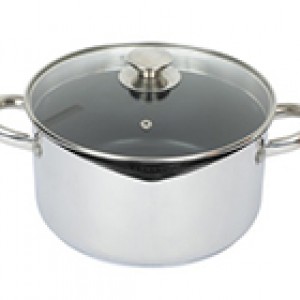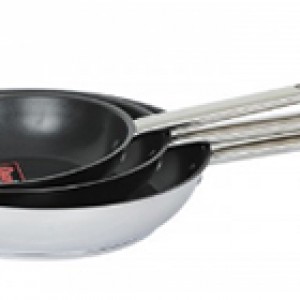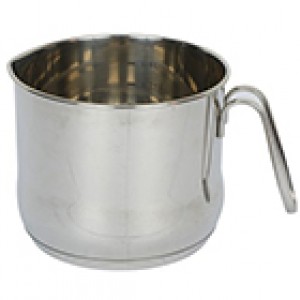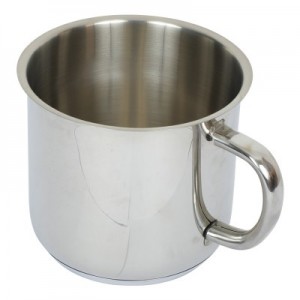How can I buy safe and secure stainless steel tableware?
Stainless steel is actually made of iron-chromium alloy mixed with other trace elements. Because of its good metal properties and corrosion resistance than other metals, the made utensils are beautiful and durable. Therefore, the scope of use of stainless steel is particularly wide, among which it is used to make tableware and gradually enters the majority of households. But "illness comes from the mouth", so today the editor of Nikko is here to tell you how to buy safe and secure stainless steel tableware.
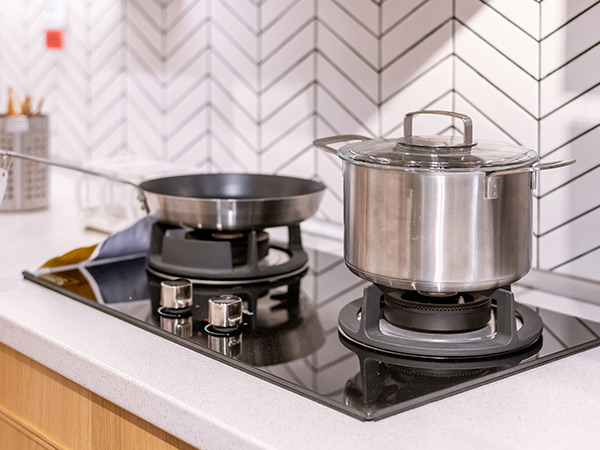
1. The composition of stainless steel materials
Household stainless steel tableware can be roughly divided into three grades: 430, 304 (18-8), and 18-10.
430 stainless steel
Iron + 12% or more chromium can prevent oxidation caused by natural factors. It is called stainless steel. The code name in jis is No. 430, so it is also called 430 stainless steel. However, 430 stainless steel cannot resist oxidation caused by chemicals in the air. After 430 stainless steel is not often used for a period of time, it will still be oxidized (rusted) due to unnatural factors.
18-8 stainless steel
Iron + 18% chromium + 8% nickel, can resist chemical oxidation, this kind of stainless steel is 304 in the jis code, so it is also called 304 stainless steel.
18-10 stainless steel
However, there are more and more chemical components in the air. Some more polluted places will even rust 304; therefore, some high-end products will be made of 10% nickel to make them more durable and corrosion-resistant. This kind of stainless steel is called 18-10 stainless steel. In some tableware descriptions, there is a saying similar to "using 18-10 advanced medical stainless steel material".
Second, stainless steel purchase standard
The tableware with the three codes "13-0", "18-0" and "18-8" printed on the tableware is made of stainless steel. The number in front of the code indicates the content of chromium, and the number behind the code represents the content of nickel. It is a material that prevents the product from rusting, and nickel is a corrosion-resistant material. For example, "13-0" means 13% chromium and no nickel.
3. Special attention should be paid when purchasing:
1. When purchasing stainless steel products, you should carefully check whether the material and steel number are marked on the outer packaging; whether the manufacturer's name, address, telephone, and container sanitation standards are indicated.
2. It can be judged by magnets. Regular manufacturers generally use 304 (ie 18-8) and 430 (ie 18-0) stainless steel for forks and spoons, and 420 (ie 13-0) for knives. 430 and 420 are magnetic, and 304 is micro-magnetic. However, there is also a tableware made of 201 and 202 materials in the market, which is not magnetized, but whether it can be used to process tableware is controversial in China. Some people think that materials 201 and 202 contain high manganese and are not food-grade stainless steel.
3. Under normal circumstances, stainless steel tableware of the same thickness and shape, high-end tableware will be heavier than low-grade tableware. But the density difference is very small, 304 stainless steel is 7.93, 430 and 420 density is 7.85, it is impossible to judge intuitively.
4. Don't buy the so-called stainless steel products in the hands of small vendors. There are many such stalls on the street, and the boss often attracts consumers at very low prices. In fact, most of the stalls are fake, and real stainless steel products will not be so cheap. Because the price of the product is determined according to the cost of the materials, the light "stainless steel" is definitely not edible stainless steel, so the big guys must not buy those fake and shoddy products cheaply, which will harm their health.
5. The stainless steel used in the production of tableware mainly includes austenitic stainless steel and martensitic stainless steel. Bowls, plates, etc. are generally made of austenitic stainless steel, which is non-magnetic; knives and forks are generally made of martensitic stainless steel, which is magnetic.
6. Due to the difference in materials, the weight of qualified stainless steel tableware is greater than that of "parallel imports" products.
